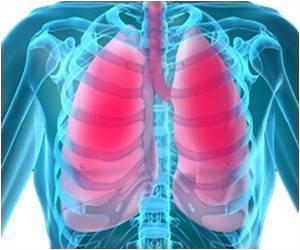The Penn Center for AIDS Research (CFAR) encompasses over 160 researchers from Perelman, as well as 12 other schools within the University.

Critical basic research to understand how HIV enters cells and identification of a key molecule that the virus uses as an entry pathway, CCR5 on the cell surface of T cells was carried out at Penn.
Robert Doms, MD, PhD, now Chief of Pathology at CHOP and his colleagues found that a rare mutation in CCR5 provides natural resistance to HIV infection. This pathway is now being taken a step further by Penn CFAR investigators in efforts focused on achieving a cure, by disrupting CCR5.
Two prominent HIV researchers Beatrice H. Hahn, MD and George M. Shaw, MD, PhD, who have contributed to nearly every aspect of HIV research, joined the Perelman School of Medicine faculty and the Penn CFAR.
Dr. Hahn, now a member of the Institute of Medicine, in 1999 discovered where HIV originally came from, a related virus infecting chimpanzees in Africa that crossed into humans.
Dr. Shaw discovered that HIV replicates rapidly and to high levels even during the period when people have no symptoms. They have described molecular traits for HIV strains that are most efficiently transmitted from person to person and insights that will likely guide the development of vaccines.
Advertisement
The strategy uses gene transfer to introduce an antibody that attaches to the virus and prevents infection. The technique has moved into human clinical trials, and could ultimately lead to a novel HIV vaccine.
Advertisement
Source-Medindia















